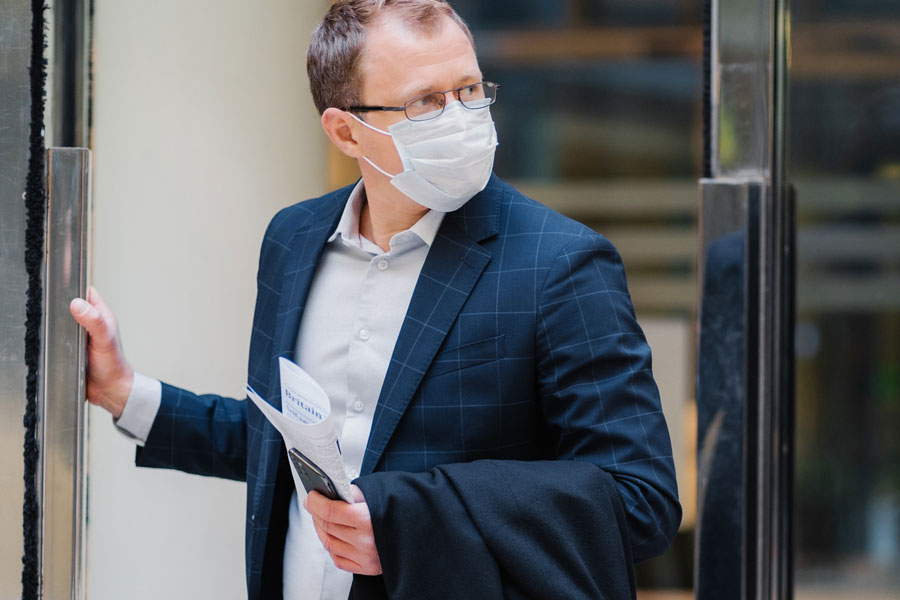December 13, 2021
The Long-Term Effects of Covid-19 on Insurance

The pandemic has forced us to adapt how we do business and many of these adaptations have made a permanent impact on our world.
The tremendous growth in Work from Home (WFH), restaurant food delivery services and virtual meetings mark some of the major changes we’ve seen. In the insurance industry, the focus has been on using technology to get around the necessity of having to make in person contact whenever possible.
For example, claims are handled remotely with smart phones and underwriting data, such as property inspections, is gathered using drones. Underwriters are also entering into partnerships with companies like Verisk which packages Yelp information to perform underwriting analyses, as we discuss in another article in this edition of Insurance Buyer’s News.
A couple less obvious effects of the pandemic on insurance have involved dogs and traffic accidents.
Dog Days of the Pandemic
According to The American Veterinary Medical Association, dog ownership during the pandemic is up significantly. They say the number of new pets, dogs being the most popular, seen by veterinary practices on average increased from 25 per week in late March to 39 in early July — an increase of more than 50% since COVID started.
Insurance industry experts predict more dog insurance sales, but also more dog bites. In 2019 dog bite and dog-related injuries resulted in nearly $800 million in losses for homeowners’ insurers, with more losses expected in 2020 and 2021.
Speed in the Time of Pandemics
A recent study examining vehicle traffic during the pandemic in one Ohio county while stay home orders were in effect found that even though fewer people were driving, more drivers than usual were speeding and getting involved in deadly car crashes. Twice the number of crashes that occurred involved speeding.
“More of the crashes that did occur were severe, not just because of less congestion, but also because of drivers who were speeding, and driving under the influence of alcohol or drugs,” said Jonathan Stiles, lead author of the study and a postdoctoral researcher in geography at Ohio State.
The study reveals that “our streets are designed for speed, not safety,” said co-author of the study Harvey Miller, a professor of geography at Ohio State. “What is keeping crashes from being more severe during normal times is higher volumes of traffic, and once traffic goes away, people speed up and crashes have more serious consequences.”
The authors of the study say that if traffic volume decreases permanently because of more people working from home, roads may be wider than they need to be, thus encouraging more traffic accidents. “We need to redesign streets and roads with safety in mind and not just speed,” Miller said.
Don’t Forget Your Telemedicine
Probably the most significant impact of the pandemic on insurance, especially health and workers compensation insurance, has been the increased use of video over devices such as laptops or mobile phones to access medical help remotely — telemedicine.
A survey conducted by risk-technology consultant Redhand Advisors of 1,100 risk professionals found that 38% of the respondents have increased their use of risk technology during this time.
Of 100 workers’ compensation professionals surveyed by San Diego-based comp technology company Mitchell International, Inc., 35% said telemedicine and predictive analytics are the technologies that will have the biggest impact on the industry within the next five to 10 years, followed by mobile technology coming in at a distant third place at 8.5%.
“I’ve seen a renewed interest in risk management, or focus in general, but also specific to work comp,” said Steve Paulin, Orion Risk Management. “I’m seeing companies now, because of their forced adoption of technology, specifically Zoom, they’re now a little more willing to look at other technology and outside resources with different groups.”
